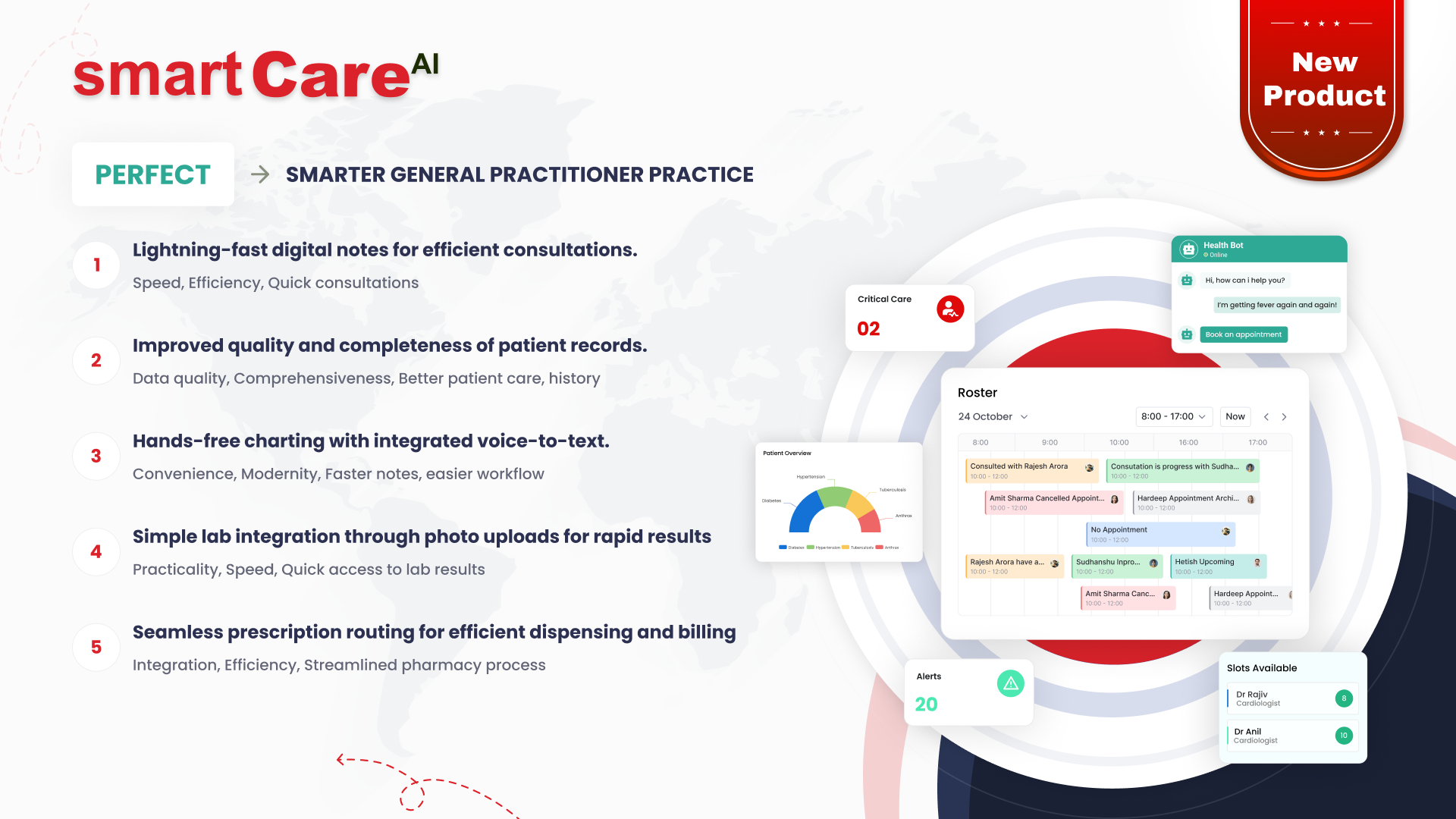
Posted On October 13, 2024
The Importance of Healthcare IT in Managing Population Health Data
Understanding Population Health Data: A Primer
Population health data encompasses a wide range of information about the health outcomes and health determinants of groups of people. This data includes medical records, demographic information, and lifestyle factors, which collectively help in assessing the overall health of populations. Effective management of this data is crucial for identifying trends, predicting health risks, and developing targeted interventions.
How Healthcare IT Enhances Data Accuracy and Reliability
Healthcare IT systems, such as Electronic Health Records (EHRs) and health information exchanges, play a vital role in ensuring the accuracy and reliability of population health data. These systems streamline data entry, reduce human error, and provide real-time updates. By automating data collection and reporting, healthcare IT helps maintain high data quality, which is essential for making informed decisions and improving health outcomes.
The Role of Electronic Health Records in Population Health Management
Electronic Health Records (EHRs) are central to modern healthcare IT. They store comprehensive patient information, including medical history, treatments, and test results. EHRs facilitate seamless data sharing among healthcare providers, enhancing continuity of care. For population health management, EHRs enable the aggregation of data across different settings, helping to identify health trends and gaps in care.
Integrating Data Sources: Challenges and Solutions
Integrating data from various sources, such as hospitals, clinics, and public health agencies, can be challenging. Issues such as data silos, compatibility of systems, and varying data formats often arise. However, solutions like standardization of data formats, implementation of interoperability standards, and the use of integration platforms can help overcome these challenges, leading to more cohesive and comprehensive population health data.
Data Analytics: Transforming Raw Data into Actionable Insights
Data analytics involves processing and analyzing population health data to derive meaningful insights. By applying statistical methods and algorithms, healthcare IT systems can identify patterns, predict health trends, and highlight areas needing intervention. These insights support evidence-based decision-making and help healthcare providers implement strategies that improve health outcomes on a larger scale.
The Impact of Real-Time Data on Healthcare Decision-Making
Real-time data in healthcare IT systems allows for immediate access to patient information, which is crucial for making timely decisions. By integrating real-time data, healthcare providers can quickly identify trends, track outbreaks, and respond to emergencies. This immediate availability of data supports more informed and responsive care, ultimately improving patient outcomes and enhancing overall public health.
Ensuring Data Privacy and Security in Healthcare IT Systems
Data privacy and security are paramount in healthcare IT. With sensitive patient information at stake, robust security measures are essential to protect against breaches and unauthorized access. Healthcare IT systems use encryption, secure access controls, and regular audits to safeguard data. Ensuring these measures are in place helps maintain patient trust and complies with legal and regulatory requirements.

The Benefits of Interoperability for Population Health
Interoperability refers to the ability of different healthcare systems and technologies to work together seamlessly. For managing population health data, interoperability ensures that information from various sources can be integrated and analyzed cohesively. This integration helps in creating a comprehensive view of patient health, improving coordination of care, and enabling better management of chronic conditions and preventive measures.
How Healthcare IT Supports Preventive Care and Early Intervention
Healthcare IT systems play a critical role in preventive care and early intervention by providing tools for tracking health metrics and identifying at-risk populations. By analyzing data trends, healthcare providers can implement preventive strategies and early interventions more effectively. This proactive approach helps in reducing the incidence of severe health issues and improving the quality of life for patients.
Case Studies: Successful Implementation of Healthcare IT Solutions
Several healthcare organizations have successfully implemented IT solutions to manage population health data. For instance, integrated health information systems have helped track and manage chronic diseases, improve patient engagement, and streamline administrative processes. These case studies demonstrate the effectiveness of healthcare IT in enhancing patient care and operational efficiency.
Conclusion
Healthcare IT is a powerful tool for managing population health data, offering significant benefits such as real-time data access, improved data security, and enhanced interoperability. By supporting preventive care and showcasing successful implementations, healthcare IT proves to be essential in advancing public health and improving patient outcomes. Embracing these technologies ensures a more efficient, secure, and effective healthcare system. For more insights and solutions in healthcare IT, visit smartDataInc.
